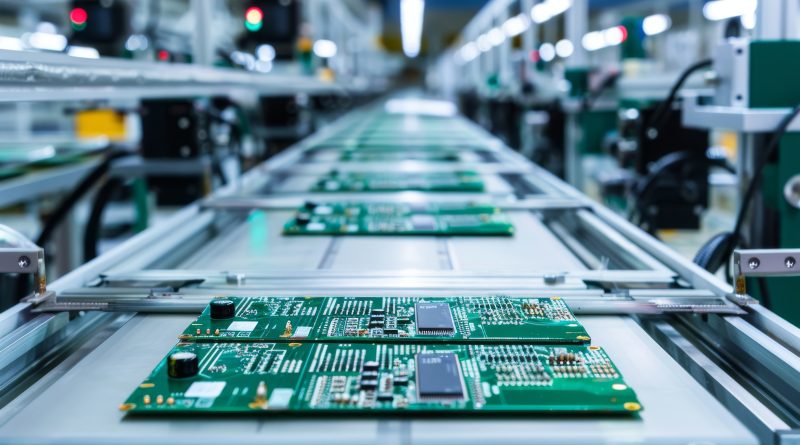In recent updates, the Europe is gearing towards implementing the construction of its first semiconductor plant. The inauguration of the plant occured earlier this week as Taiwanese semiconductor giant TSMC broke ground on the plant in the eastern German city of Dresden. The EU accolades this endeavor as it looks to shift key supply chains onto the continent. German Chancellor Olaf Scholz and European Commission President Ursula von der Leyen attended the ceremony. The European Commission President noted that the prohect was “an endorsement for Europe as a global innovation powerhouse.” Semiconductors have become indispensable in an array of industries, from electronics to wind turbines and even missiles. TSMC is investing $3.9 billion in the Dresden project and will own 70 percent of the capital. On the other hand, Dutch chipmaker NXP, Germany’s Infineon and Bosch will own 10 percent each.
State of Affairs Regarding Europe’s First Semiconductor Plant
The construction of Europe’s first semiconductor plant is assured for success as it partners with one of the world’s best. Taiwan is home to a powerhouse semiconductor industry, largely thanks to TSMC’s dominance. However, the supply chain is highly vulnerable to shocks and what von der Leyen referred to as “growing geopolitical tensions.” A major concern that has emerged in recent years is over Taiwan’s neighbor, China. The nation claims the self-ruled island as part of its territory and has ramped up rhetoric about “unification.” For such reasons, TSMC has come under pressure to widen its operations by opening factories in other parts of the world. Furthermore, it aligns with the aim of western countries of redoubling their efforts to bring semiconductor production closer to home. Germany’s Chancellor noted that Europe is dependent on semi conductors from other regions of the world, which should be changed. 
The Significance of the Multi-Billion Plant to Europe as a Continent
The implementation of the Europe’s first semiconductor plant is one that is precedented to bring innumerable benefits. The German Chancellor feels that the construction of the plant in Germany is a commendable approach. This is clearly noted as he stated that “we are dependent on semiconductors for the sustainable technologies of the future” and added that “we must not be dependent on other regions of the world for the supply” of the chips. The Dresden facility will be specialized in the production of semiconductors for Germany’s flagship automotive industry. The nation is currently in the process of transitioning to electric vehicle production. Furthermore, the company will also see other sectors of the tech industry and economy thrive. This is because the supply of semiconductors will be affordable and accessible to European states.
The Expected Timeline of the Dresden Factory
The construction of Europe’s first semiconductor plant is set to provide some 2,000 jobs and start production before the end of 2027. Furthermore, It will have a monthly production capacity of 40,000 300mm-silicon wafers, one of the most advanced technologies. Approximately $12 billion has been ploughed into the flagship project in the “Silicon Saxony” region, which has an industrial heritage dating back to the communist era. The German government is supporting the Dresden plant with five billion dollars of public funds. Furthermore, the project will received an exemption from EU state aid rules to ensure its succesful implementation.
Also read:
Europe’s Largest Floating Solar Power Plant Under Construction in France: Les Îlots Blandin

Leave a Reply